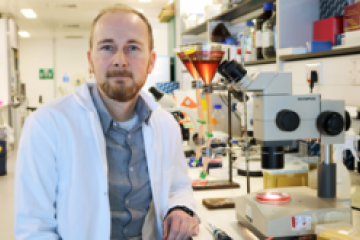PhD Studentship
Replacing, reducing and refining the use of animals in anti-filarial drug testing

At a glance
Completed
Award date
August 2015 - July 2018
Grant amount
£90,000
Principal investigator
Dr Joseph Turner
Co-investigator(s)
Institute
Liverpool School of Tropical Medicine
R
- Reduction
- Replacement
Read the abstract
View the grant profile on GtR
